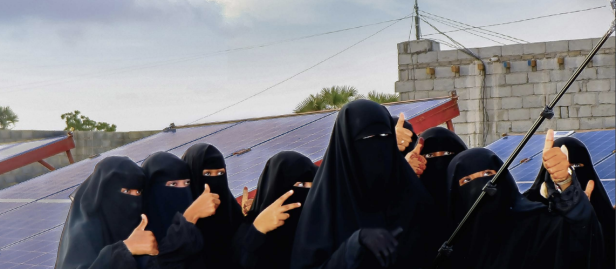Assessing the potential impact of COVID-19 on women and girls in Arab States

Assessing the potential impact of COVID-19 on women and girls in Arab States
December 28, 2021
COVID-19, which was declared a pandemic by the World Health Organization (WHO) in March 2020, has unleashed a global health crisis and unprecedented economic disruption. The downturn in the oil and commodities market in Arab States has compounded the effect of the crisis, leading to potentially acute economic and social consequences. In 2020, the Arab region’s economies contracted by about 4.2 percent, while that of fragile and crisis countries are estimated to have contracted by about 12.4 percent, compared with -5 percent and 0.8 percent in oil-exporting and oil-importing middle-income countries, respectively (International Monetary Fund [IMF], 2021a; IMF, 2021b). The Gulf Cooperation Council (GCC) lost around $150 billion in oil exports in 2020 compared with 2019, and the Arab Monetary Fund’s (AMF) composite index—which measures the performance of Arab capital markets—witnessed a significant decline by 19.1 percent during Q1 of 2020, compared with the previous quarter, picking up by 17.9 percent during Q1 of 2021, in line with the relatively improved international financial conditions (IMF, 2020b; AMF, Arab Capital Markets Quarterly Bulletins). While the region’s expected economic recovery is estimated to be, on average, around 4.3 percent in 2021 (IMF, 2021b), it is still slower than the average projected growth for the world (6 percent) and emerging market economies (6.7 percent) (IMF, 2021a). This shock is further exacerbating vulnerabilities in fragile and crisis countries and of a significant number of displaced, refugee and migrant populations. The limited resources and poor infrastructure in these countries are curtailing the effectiveness of the COVID-19 response, further deepening pre-existing fragilities.

 Locations
Locations




